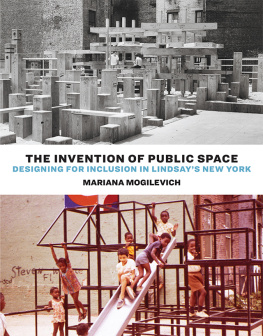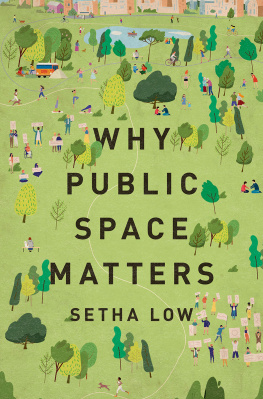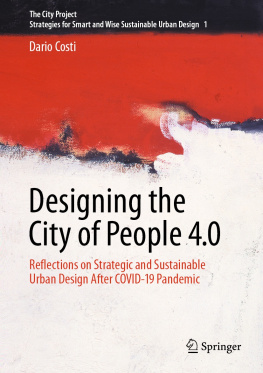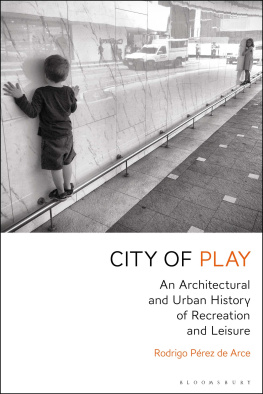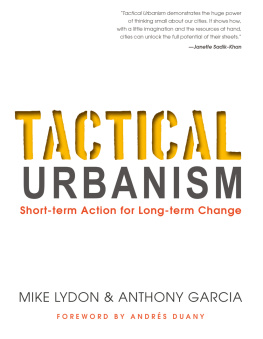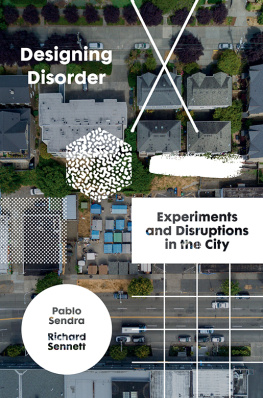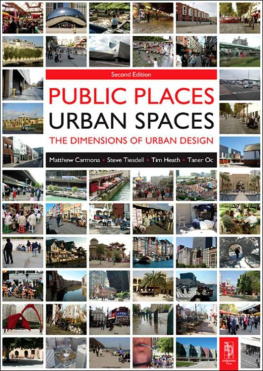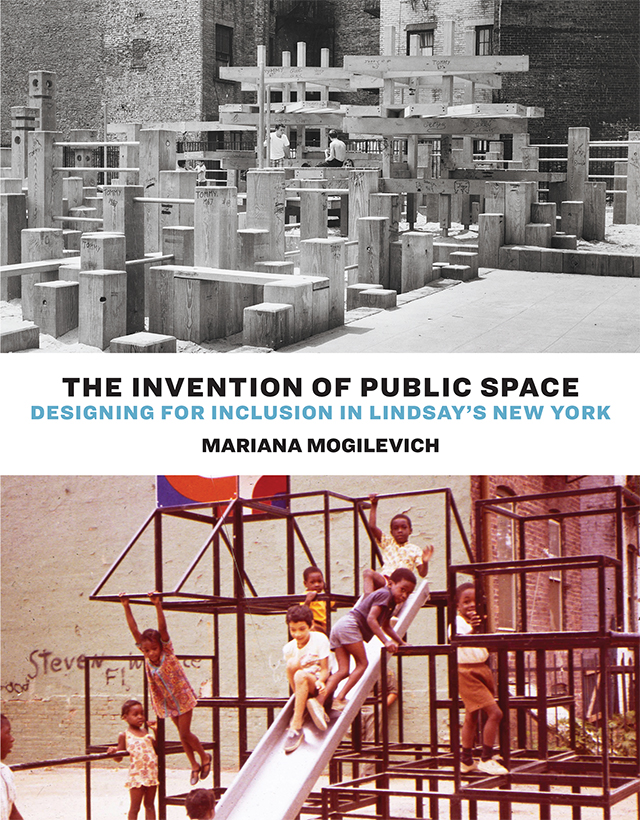
The Invention of Public Space
The Invention of Public Space
Designing for Inclusion in Lindsays New York
Mariana Mogilevich

University of Minnesota Press
Minneapolis | London
The University of Minnesota Press gratefully acknowledges financial assistance provided for the publication of this book by the David R. Coffin Publication Grant of the Foundation for Landscape Studies.

Illustrations in this book were funded in part or in whole by a grant from the SAH/Mellon Awards of the Society of Architectural Historians.
This project was made possible through support from the Independent Projects category of the Architecture + Design Program at the New York State Council on the Arts with the support of Governor Andrew M. Cuomo and the New York State Legislature. Van Alen Institute served as fiscal sponsor.
Every effort was made to obtain permission to reproduce material in this book. If any proper acknowledgment has not been included here, we encourage copyright holders to notify the publisher.
Copyright 2020 by the Regents of the University of Minnesota
All rights reserved. No part of this publication may be reproduced, stored in a retrieval system, or transmitted, in any form or by any means, electronic, mechanical, photocopying, recording, or otherwise, without the prior written permission of the publisher.
Published by the University of Minnesota Press
111 Third Avenue South, Suite 290
Minneapolis, MN 55401-2520
http://www.upress.umn.edu
The University of Minnesota is an equal-opportunity educator and employer.
Library of Congress Cataloging-in-Publication Data
Names: Mogilevich, Mariana, author.
Title: The invention of public space : designing for inclusion in Lindsays New York / Mariana Mogilevich.
Description: Minneapolis : University of Minnesota Press, [2020] | Includes bibliographical references and index. | Summary: The interplay of psychology, design, and politics in experiments with urban open spaceProvided by publisher.
Identifiers: LCCN 2019053547 (ebook) | ISBN 978-1-4529-6393-8 (ebook)
Subjects: LCSH: Public spacesNew York (State)New YorkHistory20th century. | Public spacesSocial aspectsNew YorkHistory20th century. | City planningNew York (State)New YorkHistory20th century.
Classification: LCC HT185 (ebook) | DDC 307.1/2160974710904dc23
LC ebook record available at https://lccn.loc.gov/2019053547
Contents
The Invention of Public Space
Decades after it was made, and despite its grainy quality and patchy distribution, a short film about the social life of small urban spaces inspires new generations of architects, landscape architects, planners, placemakers, and sundry urbanists. The film is part love letter, part instruction manual, and part sales pitch for urban public space and the enduring value of city life. William H. Whyte, who made the film in 1979, chronicles a collection of urban spacesincluding streets, skyways, and plazasand suggests that the spaces and the life in common that they afford can both be found in the wild and designed from scratch by following his simple, commonsense principles. These spaces afford their users agency and freedom of choice, freedom of expression, and a spirit of informality and permission. They are places where people can move the chairs and wade in the fountain. At the same time, they provide a climate of safe, tolerant coexistence in which all kinds of peoplepeople of different races, undesirables, and even eternal foes like street performers and policemeninteract, appreciate one another, or at a minimum live and let live.
Whyte collected examples across space and time, from the Piazza San Marco in Venice to Pershing Square in Los Angeles. But the majority of spaces featured in the film are located in New York City and date to a narrow historical window. Whyte lingers in particular at the plazas of the Seagram Building and the Citicorp Center (completed in 1958 and 1977, respectively) and at Paley Park (1967), all cited as examples of good public space in the film, as in many a textbook published since. Indeed, this film serves as a conclusion to a brief period of experimentation in the design of open space in New York City, one in which Whyte was both participant and observer. Over the previous two decades, in addition to writing on urban and suburban landscapes for a wide audience, Whyte had served as consultant for presidential conferences on open space and recreation, authored the first master plan for New York City, led a research project on the citys street life, and developed new open space zoning regulations for the Department of City Planning. These activities were all supported by government and philanthropic efforts at the national, state, and city levels to reconceive of the organization and design of the urban landscape.
Next page
